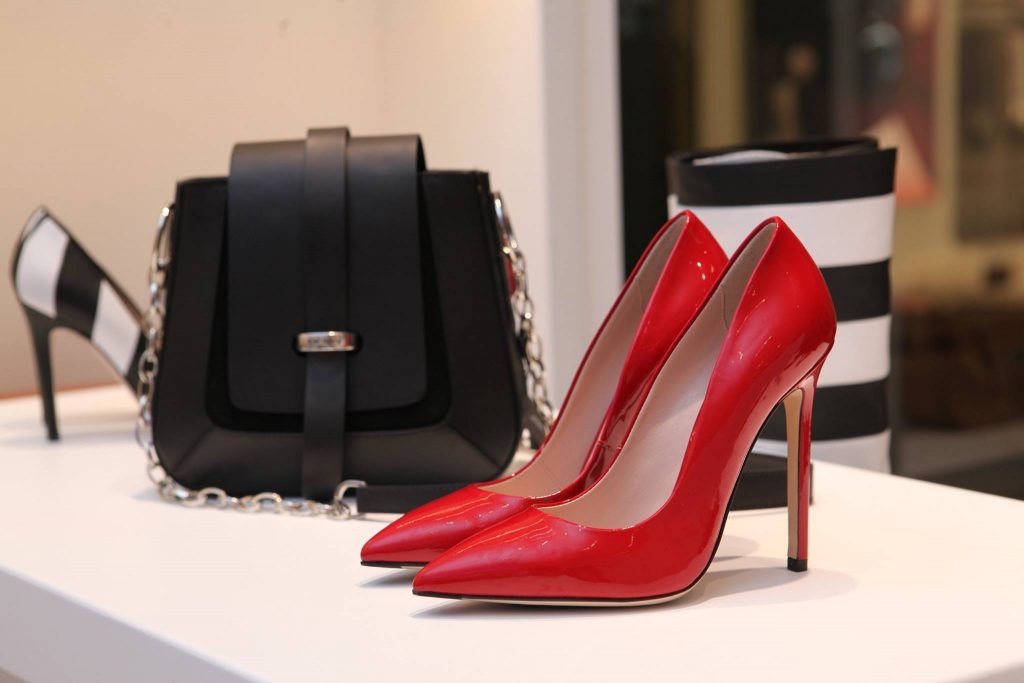What would you do and what would you think if you paid hundreds of dollars for shoes that sell for less than $20? That’s the dilemma that faced a select group of social media influencers who were invited to a private launch party for Italian shoe designer Bruno Palessi. What they found out later was that the hundreds of dollars they thought they spent on fancy footwear was just a ruse by Payless ShoeSource.
It was all part of a marketing ploy by Payless to highlight their new shoes and inexpensive designs. The question that’s on everyone’s minds now is, “Did the stunt work?” According to Wharton marketing professor Barbara Kahn and Lehigh University assistant marketing professor Ludovica Cesareo, it was an elaborate ploy that paid off big time.
In the most recent Knowledge@Wharton radio show podcast on Sirius XM, the professors discussed what marketers could learn from the success of Payless.
[youtube https://www.youtube.com/watch?v=xpqqKRlqZfU]
Plan Ahead
A prank like the one Payless pulled off takes lots of planning of every single detail. The marketing team had to make sure nothing was missed if they were going to dupe their influencers, and they got it right.
“They did an incredible execution,” Kahn said. “The location they picked, the way the store was set up, the way they filmed it, the way they highlighted the shoes themselves while hiding the original brand and [adding] this very clean black-and-white logo. They did a fantastic job, from Payless’s perspective.”
Perception Frames Reality
The Payless shoes that the influencers were presented were no different than you’d find in any of their other stores, but by changing their location, packaging, and environmental clues, they made the influencers think that what they were getting was luxury. Payless proved that fancy packaging and clouding the judgment of a consumer can impact how they evaluate quality. The reality is that shoe quality won’t be revealed until weeks of wearing them.
Social Media is Powerful
Payless utilized the power of social media to get their stunt out to a huge audience and generate buzz. They realized that social media influencers could be just as powerful if not more powerful than retail marketers, fashion journalists, and designers in getting the word out to consumers. Social media is also why the prank worked so well. “They made something surprising and emotional, and therefore it’s much more likely to be posted,” Kahn said.
Publicity is Priceless
Payless has had poor publicity for a while now, but the stunt helped to turn things around and garner the company good press that they’d severely lacked in recent months.
“There are two things you want to get” from this kind of stunt, Kahn said. “The first thing is to build [positive brand] awareness. Payless has been in the news for very bad reasons recently — a lot of stores are closing down; it’s facing bankruptcy. It’s all been negative press. This is really turning the press around.”
Don’t Expect Long-Term Change
However, in the end, both Kahn and Cesareo don’t think that the stunt will impact Payless stores in the long term. While it might help bring in young customers who may not have shopped there before, Payless stores are still cluttered and unappealing compared to the fake store, so the long-term customer experience won’t impact sales.
Still, both Kahn and Cesareo agree that Payless got a lot of “bang for their buck” with the stunt.





